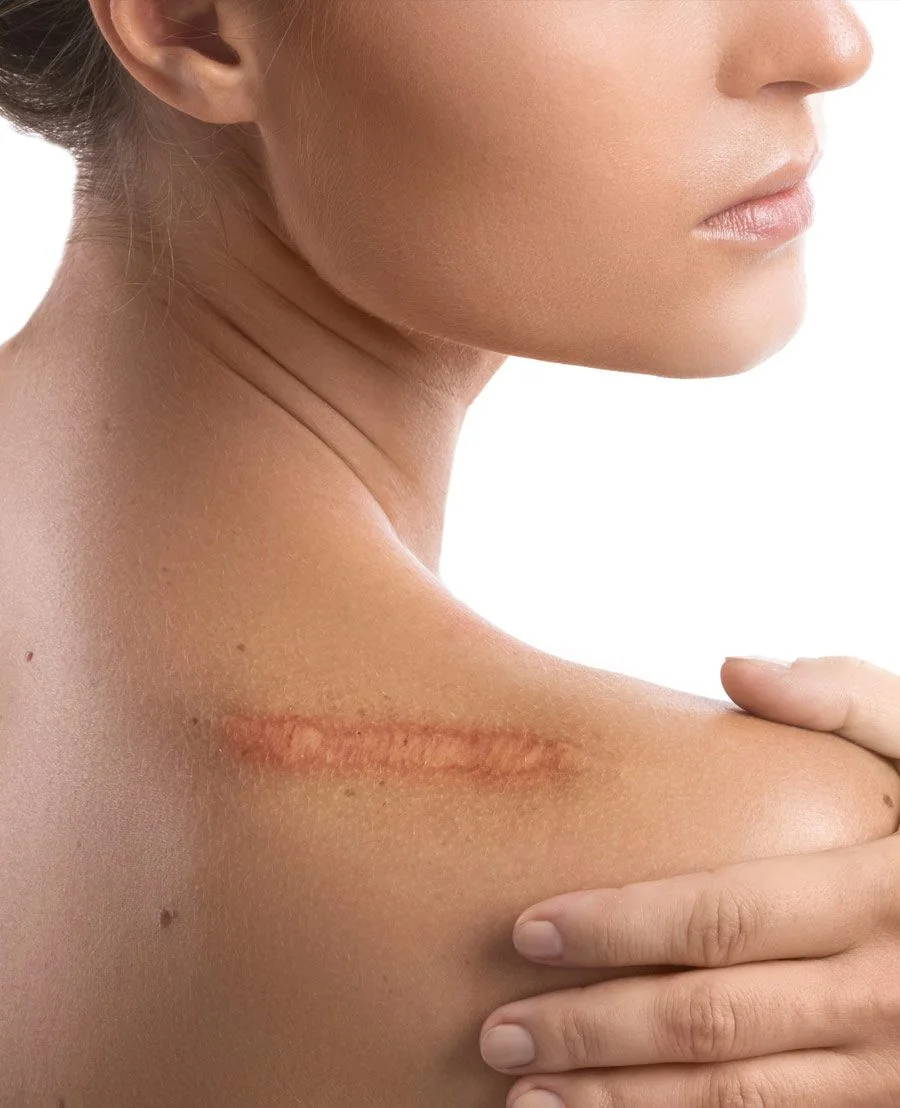How Do Scars Form and How Can We Treat Them to Get the Best Cosmetic Outcome?
AUTHOR
Phil Elmes
CATEGORY
Science And Health
PUBLISHED
September 12, 2023
REVISED
September 12, 2023

TABLE OF CONTENTS
- What is Scar Formation?
What is Scar Formation?
Scar formation is part of the natural process of wound healing from the time we are born. There is good evidence that when we are in our mother's womb our skin heals perfectly. That is, without any visible sign of a scar. So what happens after birth?
Well, in the protective environment of the womb we can afford the luxury of slow healing. That gives the cells involved in making new skin plenty of time to arrange things to perfection. But, in the outside world an open wound is an invitation to bacteria to invade, resulting in potential skin infection and maybe worse if the invaders get into our bloodstream.
So, the so called inflammatory process kicks in. The main structural components of skin are collagen and elastin. Cells called fibroblasts are rapidly recruited to begin the work of repair by producing new collagen and elastin. That requires energy. So lots of new blood capillaries are created to supply oxygen and nutrients to the fibroblasts. Soon the wound fills with scar tissue, which is a cross-linked network of collagen and elastin fibres.
A problem arises when too much collagen and elastin are made. This results in a hypertrophic scar (from the Greek: over-growth). The scar tissue stands proud of the surrounding skin and can be unsightly. In extreme cases the scar can grow so much as to produce a keloid scar. It can look like a fungal growth on the skin.
To prevent this we need to reduce the amount of oxygen and nutrients reaching the area. A proven way to do that is using occlusion of the skin. Denying the skin oxygen from the air and preventing the skin from breathing sends a signal to the cells within the wound to produce less blood capillaries and results in reduced collagen and elastin production by the fibroblasts.
The most successful method of occlusion is to use a silicone scar sheet. The silicone is occlusive and safe: silicone is inert, so does not cause an allergic or immune reaction. That's why silicone is used in many implants.
So, silicone scar sheets, such as Scar Fx, are the clinically proven way to minimise hypertrophic scar formation, leading to a much better cosmetic outcome.
Liquid silicone scar gels, such as ScarSil Scar Gel, work in a similar way and are useful as an adjunct to silicone scar sheets or on their own in situations where scar sheets are not practical, such as on the eyelid.
The combination of Scar Fx at night and ScarSil during the day is the gold standard for producing the best possible cosmetic outcome for surgical or traumatic wounds.

